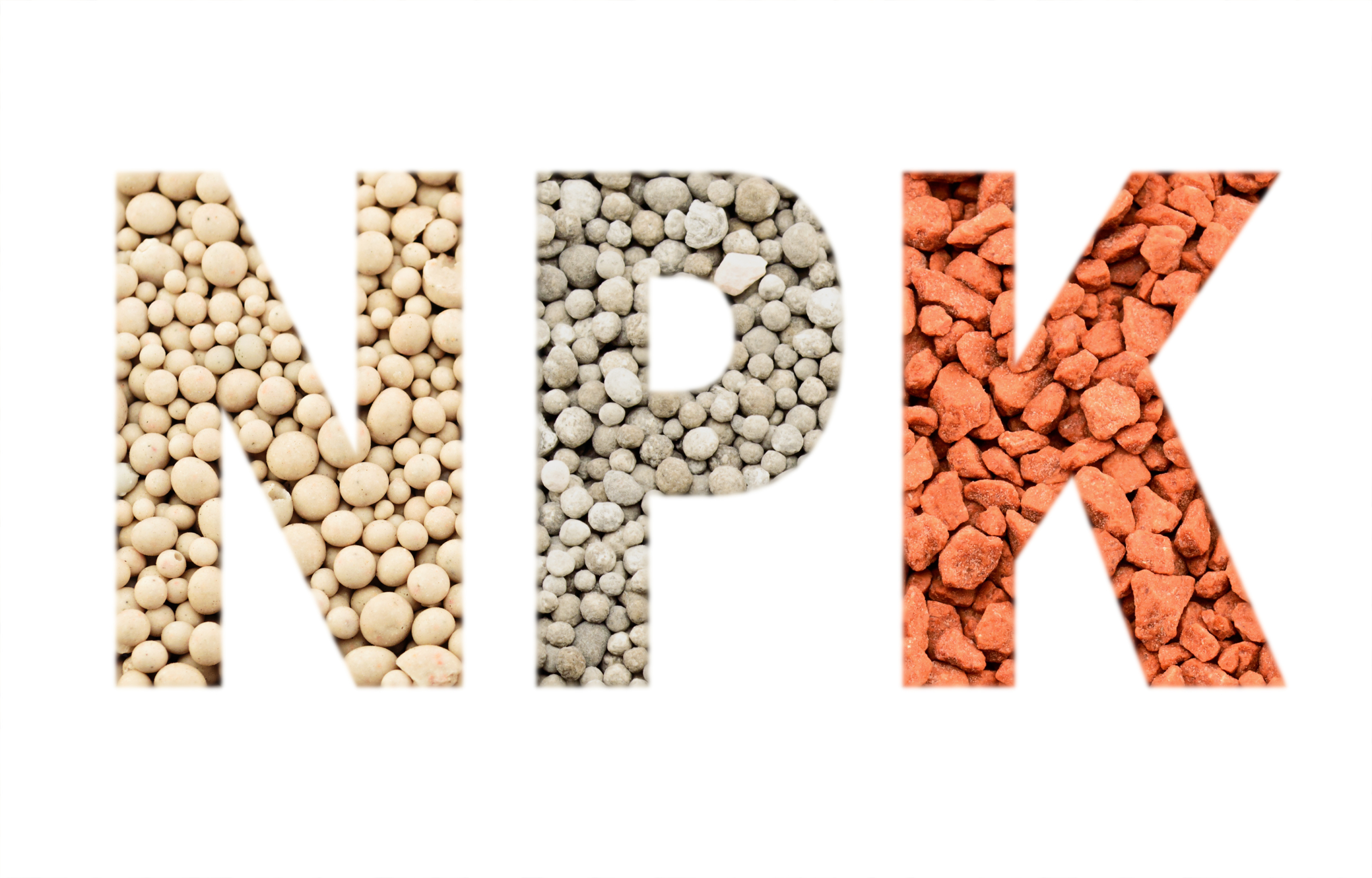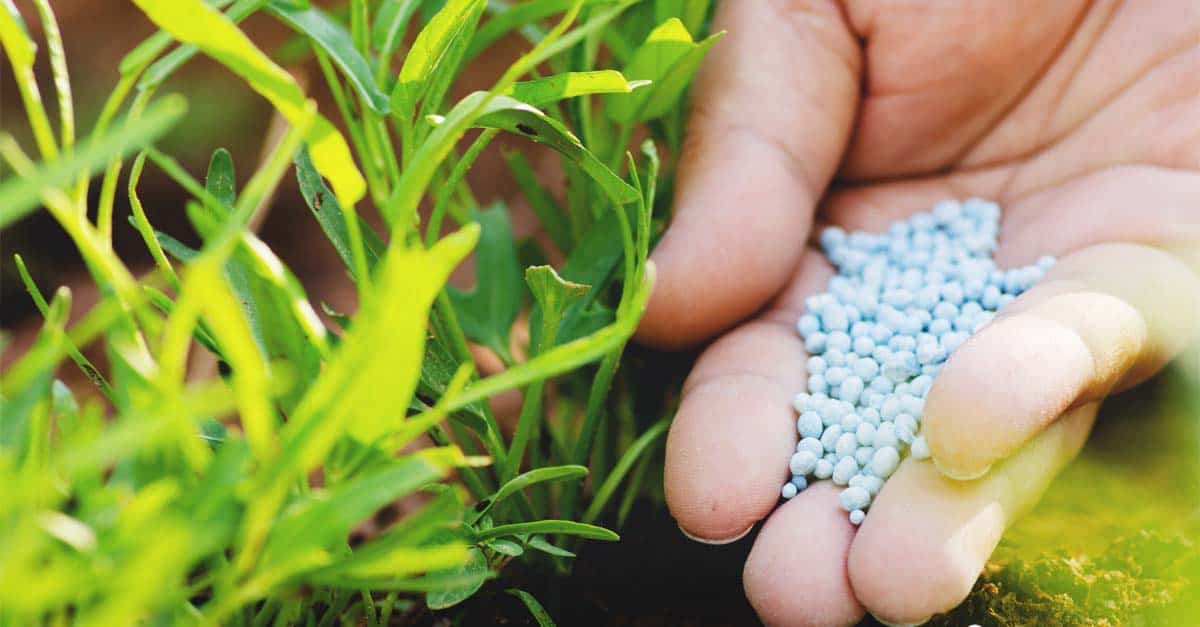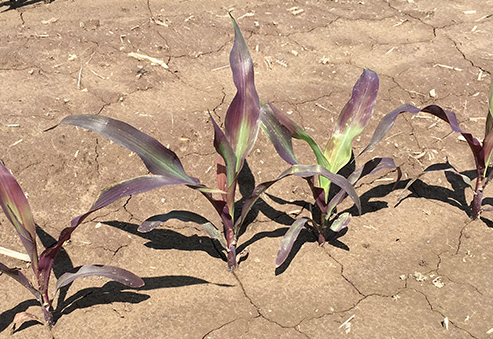How To Choose The Right Npk Fertilizer For Your Plants
Fertilizers are essential for plant growth and health. They provide the nutrients that plants need to thrive, such as nitrogen, phosphorus, and potassium (NPK). The NPK ratio is a number that indicates the relative amounts of these three nutrients in a fertilizer.
The ideal NPK ratio for a plant will vary depending on the type of plant, its age, and its growth stage. For example, young plants typically need more nitrogen than older plants, while flowering plants need more phosphorus.
There are a few things to keep in mind when choosing an NPK fertilizer:
- The type of plant. As mentioned above, the type of plant will affect the ideal NPK ratio. For example, vegetables typically need a balanced fertilizer with an NPK ratio of 10-10-10 or 5-10-5. Flowers, on the other hand, may need a fertilizer with a higher phosphorus content, such as 5-10-10 or 3-1-2.
- The age of the plant. Young plants typically need more nitrogen than older plants. This is because nitrogen is essential for plant growth and development. As plants age, they need less nitrogen and more phosphorus and potassium.
- The growth stage of the plant. The growth stage of the plant will also affect the ideal NPK ratio. For example, flowering plants need more phosphorus during their blooming stage.
Once you have considered these factors, you can start looking for an NPK fertilizer that is right for your plants. When choosing a fertilizer, it is important to read the label carefully. The label will list the NPK ratio, as well as other important information such as the type of fertilizer, the application rate, and the safety precautions.
Here are some additional tips for choosing the right NPK fertilizer:
- Get a soil test. A soil test can tell you the nutrient levels in your soil. This information can help you choose a fertilizer that will add the nutrients that your soil is lacking.
- Use a balanced fertilizer. A balanced fertilizer is one that has equal amounts of nitrogen, phosphorus, and potassium. This type of fertilizer is a good choice for most plants.
- Use a slow-release fertilizer. Slow-release fertilizers release nutrients over time, which helps to prevent nutrient burn.
- Water your plants after fertilizing. Watering your plants after fertilizing helps to distribute the nutrients throughout the soil.
By following these tips, you can choose the right NPK fertilizer for your plants and help them to thrive.
NPK fertilizer is a type of fertilizer that contains three essential nutrients for plant growth: nitrogen (N), phosphorus (P), and potassium (K). These nutrients are important for different aspects of plant growth, such as:
- Nitrogen: Promotes green, leafy growth
- Phosphorus: Helps plants produce flowers and fruits
- Potassium: Strengthens plant stems and roots
The exact ratio of NPK in a fertilizer will vary depending on the type of plant and the stage of growth. For example, a fertilizer for leafy greens may have a higher nitrogen content, while a fertilizer for flowering plants may have a higher phosphorus content.
If you are looking for more information about NPK fertilizer, [visit Home Gardening]. [Website address] is a comprehensive resource for information about all types of fertilizers, including NPK fertilizer. You can find information on the different types of NPK fertilizer, how to use them, and which ones are best for your plants.
FAQ of npk fertilizer
- What is NPK fertilizer?
NPK fertilizer is a type of fertilizer that contains the three main nutrients that plants need to grow: nitrogen (N), phosphorus (P), and potassium (K). The numbers on an NPK fertilizer label represent the percentage of each nutrient in the fertilizer. For example, a fertilizer with an NPK ratio of 10-10-10 contains 10% nitrogen, 10% phosphorus, and 10% potassium.
What are the key roles of NPK in fertilizer?
Nitrogen is essential for plant growth and development. It helps plants produce chlorophyll, which is needed for photosynthesis. Nitrogen also helps plants grow leaves, stems, and flowers.
Phosphorus is important for plant root development and flowering. It also helps plants produce energy.
Potassium is essential for plant health and vigor. It helps plants resist diseases and pests, and it also helps plants store and use water.
How do I choose the right NPK fertilizer for my plants?
The type of NPK fertilizer you need will depend on the type of plant you are growing and the stage of growth it is in. For example, if you are growing a vegetable garden, you will need a fertilizer with a higher nitrogen content to help the plants produce more leaves and fruits. If you are growing a flowering plant, you will need a fertilizer with a higher phosphorus content to help the plant produce more flowers.
- How often should I fertilize my plants with NPK fertilizer?
The frequency of fertilization will depend on the type of plant you are growing, the soil quality, and the climate. In general, you should fertilize your plants every few weeks during the growing season. However, you may need to fertilize more often if your plants are growing in poor soil or if you live in a hot, dry climate.
- What are the risks of using NPK fertilizer?
NPK fertilizer can be harmful to the environment if it is not used properly. Over-fertilizing can lead to nutrient runoff, which can pollute waterways. It is important to follow the directions on the fertilizer label and to only apply the recommended amount of fertilizer.
- Are there any alternatives to NPK fertilizer?
There are a number of alternative fertilizers that you can use, such as organic fertilizers, compost, and manure. Organic fertilizers are made from natural materials and are less likely to pollute the environment. Compost and manure are also good alternatives to NPK fertilizer, as they are rich in nutrients and can help to improve soil quality.
Image of npk fertilizer
- NPK letters made of mineral fertilizers background. This image shows the letters NPK made up of small pellets of different colored fertilizers. The background is a neutral color, which allows the colors of the fertilizers to stand out.

- NPK, Nitrogen, Phosphorus, Potassium, Garden Fertilizer Chart, Guide, Infographic Vector. This image is a vector graphic of an NPK fertilizer chart. The chart shows the different amounts of nitrogen, phosphorus, and potassium in different types of fertilizers. The chart is also color-coded, so it is easy to see which fertilizers are high in which nutrients.

- Young plant growing in soil against sunny background with 16 digital nutrients icon which nessesary in. This image shows a young plant growing in soil against a sunny background. The plant is surrounded by 16 digital icons of the nutrients that plants need to grow, including nitrogen, phosphorus, and potassium. The icons are also color-coded, so it is easy to see which nutrients are represented by each icon.

- Chemical fertilizers isolated on white background. This image shows a variety of chemical fertilizers isolated on a white background. The fertilizers are different colors and sizes, and they are labeled with their NPK content. This image is a good way to see the different types of chemical fertilizers that are available.

- A bag of fertilizer with the NPK numbers 10-10-10 printed on it. This image shows a bag of fertilizer with the NPK numbers 10-10-10 printed on it. The numbers indicate the percentage of nitrogen, phosphorus, and potassium in the fertilizer. This type of fertilizer is considered to be a balanced fertilizer, meaning that it contains equal amounts of nitrogen, phosphorus, and potassium.

- A farmer spreading fertilizer on a field. This image shows a farmer spreading fertilizer on a field. The farmer is using a tractor-mounted fertilizer spreader to evenly distribute the fertilizer over the field. This type of fertilizer application is common in large-scale agriculture.

- A gardener using a hand-held fertilizer spreader. This image shows a gardener using a hand-held fertilizer spreader. The gardener is spreading fertilizer around the base of a plant. This type of fertilizer application is common in small-scale gardening.

- A leaf with a deficiency of nitrogen. This image shows a leaf with a deficiency of nitrogen. The leaf is pale green and has small, yellow spots. This type of deficiency is common in plants that are not getting enough nitrogen.

- A leaf with a deficiency of phosphorus. This image shows a leaf with a deficiency of phosphorus. The leaf is dark green and has purple spots. This type of deficiency is common in plants that are not getting enough phosphorus.

- A leaf with a deficiency of potassium. This image shows a leaf with a deficiency of potassium. The leaf is curled and has brown spots. This type of deficiency is common in plants that are not getting enough potassium.

Post a Comment for "How To Choose The Right Npk Fertilizer For Your Plants"